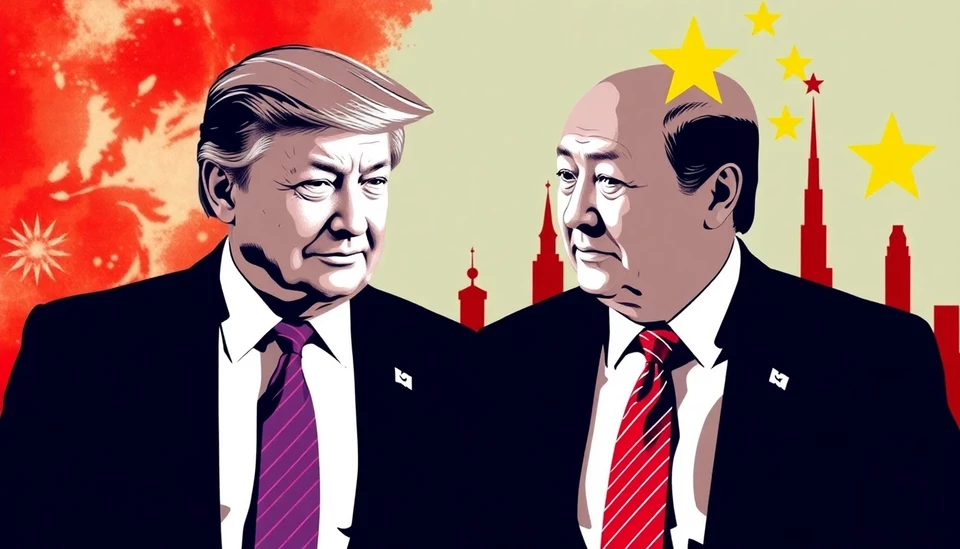
In a significant turn of events in global trade dynamics, the ongoing economic rivalry between the United States and China has intensified as both nations have announced new tariffs on a wide range of goods. The latest measures come amid escalating concerns over trade imbalances and strategic technologies, reflecting a larger struggle for economic supremacy.
The U.S. government has unveiled a fresh round of tariffs targeting approximately $300 billion worth of Chinese imports. This decision marks a critical escalation in the trade conflict that began years ago, with the Biden administration attempting to leverage tariffs as a tool to protect domestic industries and address issues such as intellectual property theft and forced technology transfers that have long plagued bilateral trade relations.
In response, the Chinese authorities are not standing idly by. They have retaliated with their own set of tariffs aimed at American goods, with specific focus on key industries. This tit-for-tat has led to increased uncertainty for businesses operating in both markets, with economists warning that prolonged trade hostilities could disrupt supply chains and inflation rates in both countries.
Experts indicate that these new tariff levels could threaten to raise consumer prices in the U.S., as imported goods become more expensive. Furthermore, American manufacturers who rely on Chinese components for their production are bound to feel the pinch, potentially leading to a cascading effect across multiple sectors. Analysts stress that the stakes are high, and both nations are likely to sustain similar policies to leverage their positions, leaving businesses and consumers on edge.
This current climate is exacerbated by broader geopolitical tensions, including rising military confrontations in the South China Sea and debates surrounding espionage and data security. As these issues intertwine with economic concerns, there are rising calls from various sectors for the U.S. government to reassess its approach towards tariffs and trade negotiations.
Noteworthy is the reaction from financial markets, which have responded cautiously to these developments. Investors are closely monitoring trade news, aware that any significant changes in relations between these two economic giants could reverberate across global markets. The financial markets are now bracing for potential volatility, as analysts predict that these tariffs could further complicate the recovery from the pandemic's economic fallout.
As companies aim to navigate this turbulent landscape, many are exploring alternative markets for sourcing materials and products, but such shifts may take time to implement and could lead to short-term disruptions. The uncertainty surrounding these tariffs has thrown a spotlight on the need for strategic re-evaluations in supply chain management and market diversification.
In conclusion, while the U.S. and China continue to engage in this trade battle, the implications extend far beyond their borders, potentially affecting economies worldwide. Stakeholders are left awaiting the next moves from both governments, hoping for a return to dialogue that can alleviate some of the tensions surrounding global trade.
As the situation develops, analysts and policymakers will need to keep a close eye on how these new tariffs impact not just trade, but the overall economic landscape in years to come.
#TradeWar #USTariffs #ChinaTariffs #GlobalEconomy #EconomicImpact #SupplyChain #TariffEscalation
Author: Laura Mitchell




